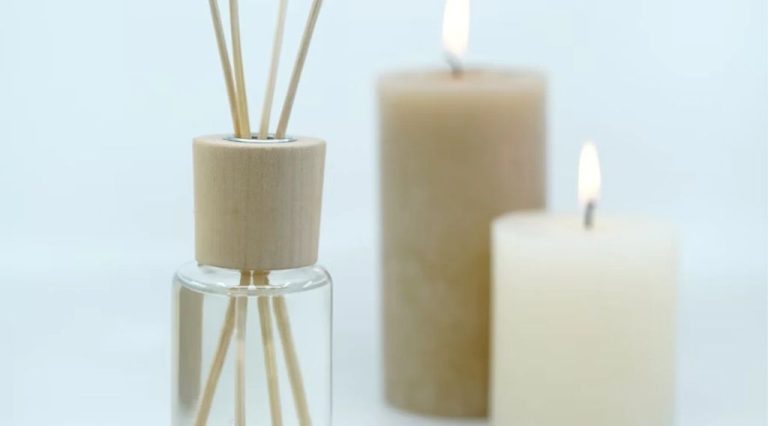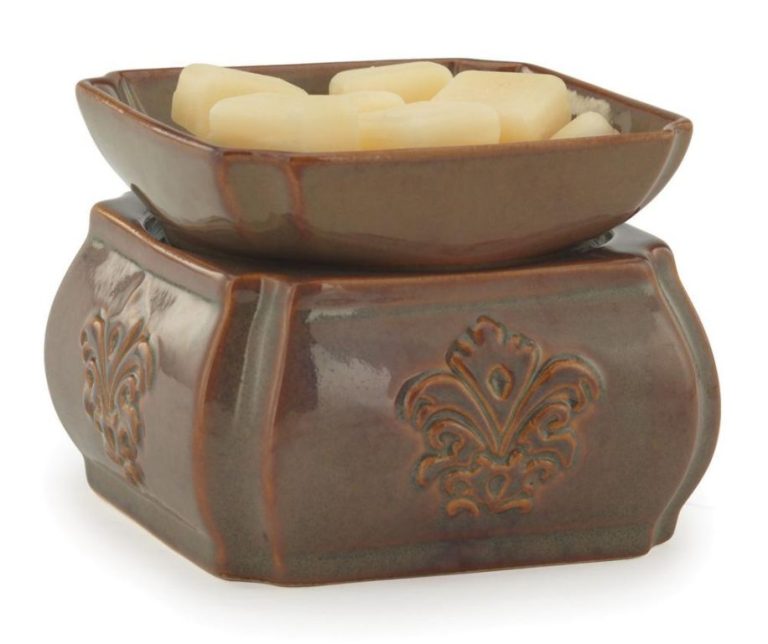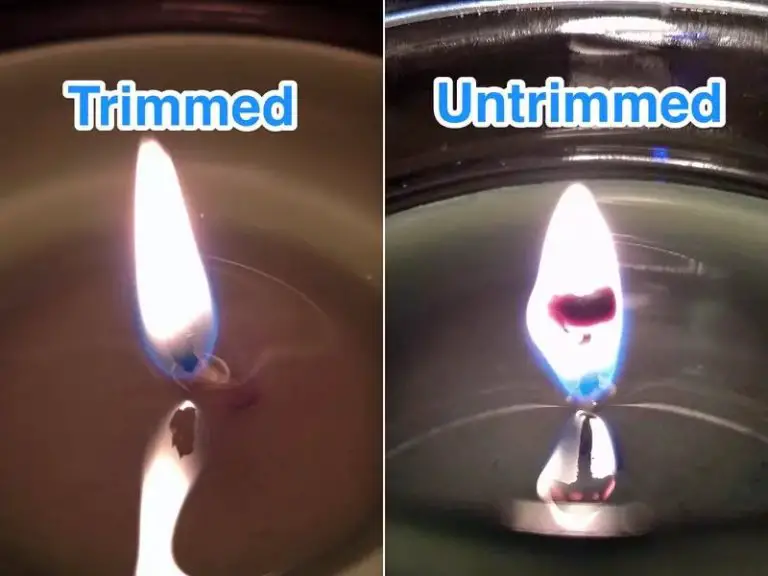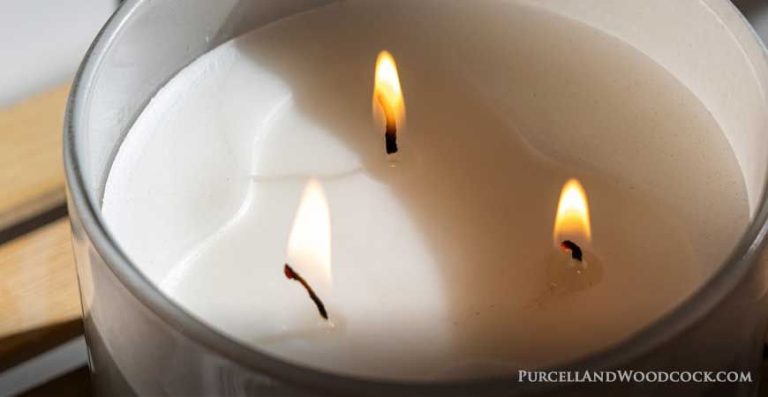Should You Clean Antique Brass Candlesticks?
Antique brass candlesticks can be valuable heirlooms or vintage finds that add an elegant touch to any home. Featuring intricate designs and patinas developed over decades, these decorative pieces showcase the artistry and craftsmanship of past eras. However, as antique brass ages, it requires proper care and maintenance to preserve its beauty and value over time.
Regular gentle cleaning is an important part of caring for antique brass candlesticks. Dust and grime can build up in intricate decorative details and corrode the metal over time. Tarnish can dull the shine and hide the original patina. With simple cleaning techniques, you can remove dirt and oxidation while being careful not to damage the vintage brass or strip away its distinctive patina.
Cleaning antique brass candlesticks helps maintain their condition, extends their usable lifetime, and preserves their monetary and sentimental value as decorative antiques. By learning proper cleaning methods, you can keep your vintage brass pieces looking their best while protecting them as valuable collectibles and household treasures.
Assess the Current Condition
When cleaning antique brass candlesticks, it’s important to first assess their current condition. Look closely for any tarnish, corrosion, wear or scratches. Tarnish refers to a layer of oxidation that builds up on antique brass over time, usually presenting as a darkening or discoloration of the metal surface. Corrosion is more serious, indicating that the brass is actively deteriorating due to chemical reactions. Wear, such as thinning or pitting, and scratches are signs of physical damage.
Pay special attention to any decorative elements on the candlesticks that may need extra care during cleaning. Etched designs, applied ornamentation, or patina are more delicate and require gentler handling. As you inspect each candlestick, make note of any problem areas or existing damage so they can be properly addressed without causing further deterioration. With this initial condition assessment complete, you can then move forward with the appropriate cleaning method.
Clean Gently
When cleaning antique brass candlesticks, it’s important to use mild cleaning solutions that will not damage the finish or patina. Avoid using harsh abrasives or chemicals that could scratch or corrode the antique brass.
Experts recommend starting with a gentle approach using warm water, mild dish soap, and soft cloths (Emily Henderson). Create a mild soap solution by mixing a few drops of dish soap into a bowl of warm water. Dampen a soft cotton cloth or microfiber towel in the solution and gently wipe down the antique brass. Take care not to soak or immerse the antique brass in water.
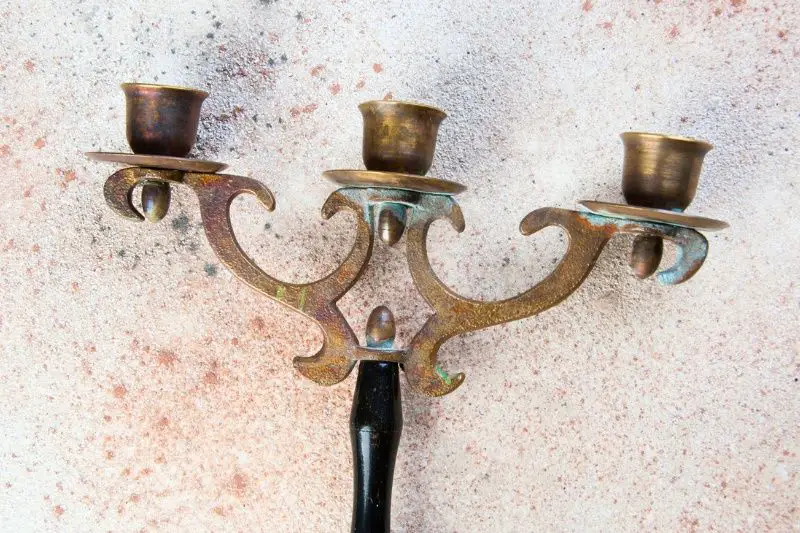
For stuck-on dirt or grime, use a soft brush with plastic or natural bristles. Gently scrub small areas, rinsing the brush frequently. Avoid scrubbing too vigorously, as this could remove the patina. Work carefully to lift dirt while preserving the antique finish.
Vinegar or lemon juice can also be effective mild cleaners for antique brass. Dip a cloth in undiluted white vinegar or lemon juice and rub gently onto tarnished areas. Rinse with a clean damp cloth to neutralize the acidity. These organic acids can shine the brass without damaging the patina (Westland London).
The key is to clean gently and assess the brass frequently to avoid over-cleaning. Patience and a light touch will keep antique brass candlesticks glowing for years to come.
Remove Tarnish
Over time, antique brass candlesticks develop a tarnished appearance due to oxidation and exposure to environmental pollutants. To remove light to moderate tarnish without damaging the brass finish, use a gentle and specially formulated brass polish such as Brasso or Flitz (1). Apply the polish with a soft cloth and rub gently in the direction of the existing brush marks until the tarnish is gone. Take care not to scrub too vigorously, as this can damage the patina and decorative elements.
For a more natural approach, try mixing baking soda with water to form a paste, and gently rub it on the tarnished areas using a soft cloth or soft-bristle toothbrush (2). The abrasive yet non-corrosive properties of baking soda make it effective at removing tarnish without scratching. Lemon juice can also be applied directly to tarnished spots, left to sit for a few minutes, then rinsed off. Both baking soda and lemon juice should be tested first on small inconspicuous areas to ensure colorfastness.
Regardless of the method, take care when removing tarnish from antique brass candlesticks to preserve their unique patina and vintage look. Avoid harsh chemicals or abrasives that could damage the surface.
Address Corrosion
When antique brass develops surface corrosion, it’s important to gently remove it to prevent further deterioration of the metal. According to the Antique Brass Restoration Guild, very fine grit sandpaper or steel wool can be used to gently rub away corrosion if it’s not too severe.
Use a light touch and rub in small, circular motions when addressing areas of corrosion. Take care not to rub so hard that you remove the underlying patina. After rubbing, thoroughly rinse the brass under water to remove all traces of corrosion and residual sandpaper or steel wool particles. Allow to fully air dry before proceeding with polishing or sealing.
For heavily corroded antique brass pieces, experts at Clean Group recommend making a paste with equal parts white vinegar, salt and flour. Apply the paste to corroded areas, let sit for an hour, then gently scrub with a soft brush and rinse clean. This can help lift corrosion without damaging the surface of antique brass (Source).
Repair Scratches
If your antique brass candlesticks have minor scratches, you can repair them to help restore the appearance. One effective method is to use a brass filler stick to fill in the scratches:

- Choose a filler stick in a matching brass tone.
- Rub the filler stick over the scratch, pressing gently to fill in the groove.
- Buff lightly with a soft cloth once dry to blend the repair into the surrounding surface.
Take care not to press too hard while buffing, which could scratch the brass further. Work slowly and gently for the best results. With this simple fix, minor scratches can become nearly invisible.
Preserve Decorative Elements
When cleaning antique brass candlesticks with decorative elements like etchings, stamped designs, or gemstones, extra care needs to be taken. Avoid submerging the candlesticks in water if possible, as water can loosen glues and cause decorative elements to fall off. Instead, use a soft cotton swab dipped in cleaning solution to gently clean around decorative areas. Cotton swabs allow you to precisely target the dirty areas without risking damage to the ornamentation. Take extra time and care around enameled decoration, gemstones, or hand etched designs, applying minimal pressure as you clean to preserve the integrity of the artwork.
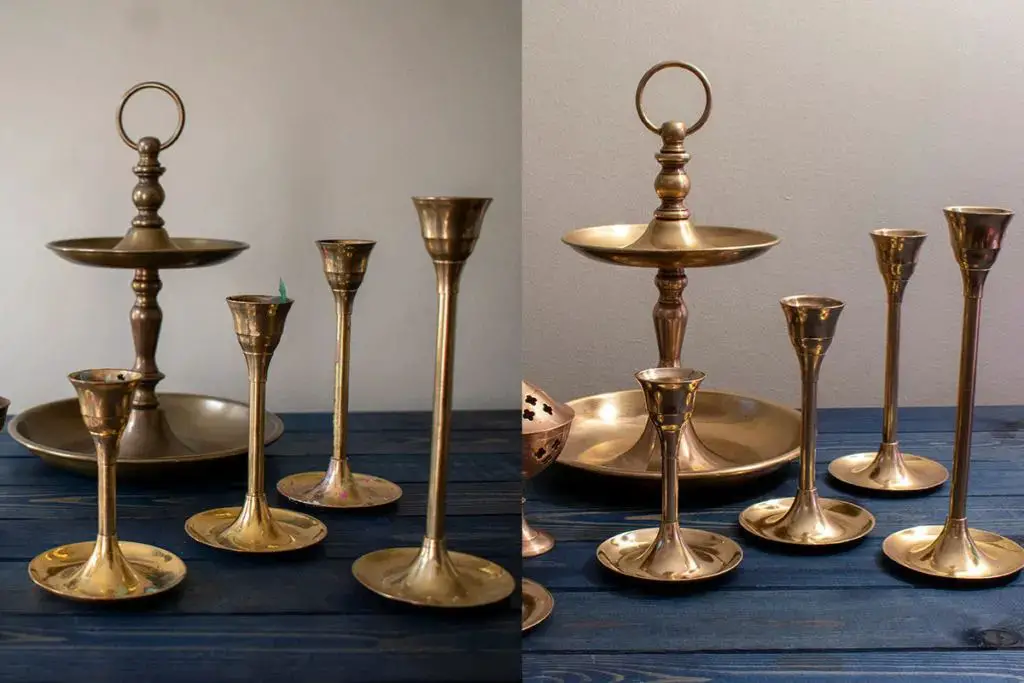
If decorative elements do happen to loosen or fall off during cleaning, save any pieces that detach. You can bring the candlesticks and pieces to a jeweler or antiques restoration expert to have them reaffixed. Be sure to store any detached decorative elements safely until repairs can be made. With some gentle cleaning techniques and patience, you can remove tarnish from antique brass candlesticks without causing harm to the decorative accents that make them special.
Rinse and Dry
After cleaning antique brass candlesticks, it is crucial to rinse them thoroughly with clean water to remove any cleaning solution residue that could continue to interact with the metal surface over time.
According to this guide, rinsing with warm water can help ensure you’ve washed off all soap or cleaning agents. Pay special attention to crevices or engraved decorations where residue can collect.
The candlesticks should then be dried immediately and thoroughly after rinsing. Gentle blotting with a soft lint-free cloth is recommended. Allowing antique brass to air dry can lead to spotting.
Proper rinsing and drying helps restore antique brass candlesticks to their original brilliance while protecting the patina and surface from water spots or potential corrosion issues down the line.
Prevent Future Tarnish
After cleaning your antique brass candlesticks, it’s important to take steps to prevent tarnish from returning. One of the most effective methods is to apply a protective coating like brass polish or Renaissance Wax. This seals the surface and creates a barrier against moisture and airborne contaminants. Apply a thin, even layer with a soft cloth and buff gently. Reapply every 1-2 months for continued protection.
Storing your candlesticks properly is also key for tarnish prevention. Brass tarnishes more quickly in humid environments where moisture accelerates chemical reactions. Keeping them in a low humidity area, ideally around 30-40% RH, will dramatically slow tarnishing. You can use silica gel desiccants or a dehumidifier to maintain ideal conditions. Proper handling when dusting and occasional polishing will also help antique brass candlesticks retain their beauty for generations to come.
When to Call a Professional
If corrosion or scratches on antique brass candlesticks are too severe, it’s best to call in a professional for help.
According to Westland London, deep scratches and extensive corrosion damage are difficult to repair at home without the right tools and expertise. Professionals have specialized techniques to address advanced tarnish and abrasions.
Additionally, as recommended by LoveToKnow Antiques, if you are uncertain about how to properly clean intricate decorative elements on antique candlesticks, it’s wise to consult a professional cleaner or restorer. They know how to clean delicate details without causing harm.
Calling in an expert can help refurbish beloved antique brass candlesticks and preserve their beauty for years to come. They have the skills and knowledge to make them look like new again.

